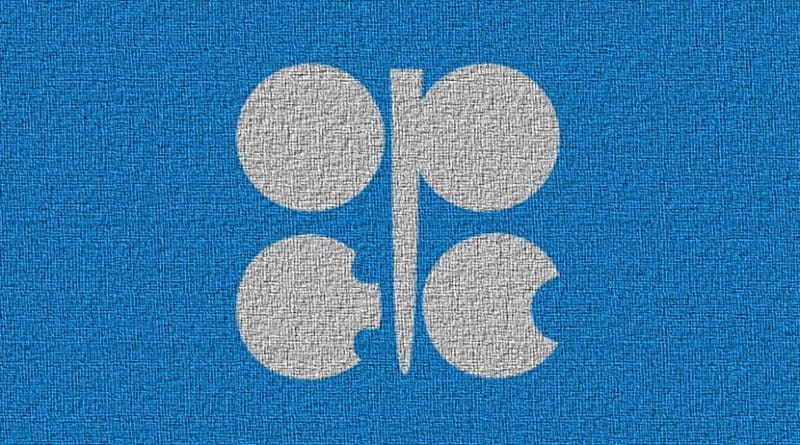The $200 Billion Value Of OPEC’s Spare Capacity – OpEd
By Arab News
By Adam Sieminski*
Rising international oil prices and increased geopolitical uncertainty have put OPEC’s spare production capacity back into the spotlight — but what is the real value of this capacity to the global economy as an essential “shock absorber,” and what is the right size of surplus supply to maintain in this era of ever greater economic and political uncertainty?
Here in Saudi Arabia, the Riyadh-based think tank the King Abdullah Petroleum Studies and Research Center (KAPSARC) has addressed these questions in a new research study published in the “Energy Journal” by authors Axel Pierru and James Smith.
The production and delivery of oil to the market is subject to frequent disruptions, whether from conflicts, natural disasters, labor strikes, port closures, or political sanctions. The rigidity of demand and supply magnifies the impact of any disruption, and restoring equilibrium to the market often requires sharp price movements, especially in the short term.
OPEC has historically used its spare capacity to stabilize the market, including, for example, increasing members’ production to meet the unexpected buildup of global oil demand from 2003-2004, and compensating for the collapse in Libya’s oil production following the uprising of 2011. By mitigating price volatility, the efficient use of spare capacity creates benefits for the world economy to the tune of between $170 billion and $200 bill.
The same conclusion holds when the analysis considers Saudi Arabia only, or the four GCC members of OPEC collectively. The results also show that Saudi Arabia has played a greater role in offsetting shocks than all other OPEC members combined. This is not surprising given that Saudi Arabia has held, on average, 70 percent of OPEC’s total spare capacity since 2001.
The KAPSARC study models the likely economic outcomes had OPEC not intervened by using its spare capacity to regulate shocks to global supply and demand. It acknowledges that OPEC’s decision-making process must necessarily draw on imperfect economic, industrial and geopolitical information.
Nonetheless, research shows that OPEC had a substantial stabilizing influence, reducing oil price volatility by as much as half.
An additional question about whether OPEC’s buffer is large enough is especially relevant given that the absolute level of spare capacity is now less than it was two decades ago, despite oil demand having grown by 25 percent. The “right size” is theoretically when the cost of adding an additional barrel per day of capacity is equal to the gross domestic product (GDP) loss that could arise without that additional barrel. KAPSARC’s study confirms that OPEC’s buffer, estimated at 2.64 million barrels per day (1.94 million barrels per day for Saudi Arabia), has been in line with global macroeconomic needs.
Spare capacity is only one piece of a much larger picture in terms of neutralizing the negative impact of oil shocks. By maintaining costly inventories, individual consumers, producers, government agencies, and multilateral organizations also shoulder part of the burden of dealing with oil price shocks. Of course, this has not been entirely altruistic because spare capacity has a financial value to the holders; production from the buffer is typically put on the market when prices are high.
The recent emergence of shale oil, with a development lead time measured in months, has made non-OPEC supply much more reactive to price. However, shale oil is also subject to logistical constraints, such as those temporarily limiting its expansion in Permian Basin. Furthermore, shale cannot rapidly offset unanticipated shocks of a large magnitude. As such, it does not offer the same degree of protection for the world economy in stabilizing oil markets as OPEC’s spare capacity provides.
*Adam Sieminski is the president of the King Abdullah Petroleum Studies & Research Center (KAPSARC).

